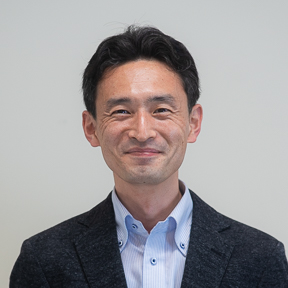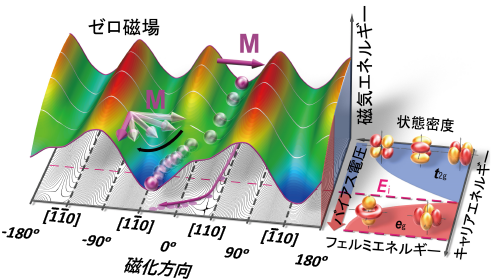
Hongo Campus
Graduate SchoolGraduate School of Engineering - Electrical Engineering and Information Systems
DepartmentDepartment of Electrical and Electronic Engineering
Nano Physics & Device Technology Field
Applied materials
Crystal engineering
Thin film/Surface and interfacial physical properties
Electronic materials/Electric materials
Quantum Computing
Semiconductor
Condensed Matter Physics
Creation of novel next-generation spin devices using ultra-high quality semiconductor/oxide quantum nano-heterostructures
Our group is developping atomically controlled high-quality single-crystal quantum heterostructures consisting of various material systems, mainly oxides and semiconductors. We combine the quantum properties of electrons with spin degrees of freedom to control spin current flow with high efficiency. We aim to pioneer novel physics and realize highly efficient low-energy consumption devices that will lead to next-generation green innovation.
Research field 1
Towards the realization of spin transistors, which are expected to be the core of next-generation non-volatile devices

Our group is trying to manipulate the spin degrees of freedom of electrons in various materials, such as semiconductors, oxides, and metals, by developing new materials/structures and physical phenomena related to spintronics (=spin + electronics) to realize novel devices. For example, a spin transistor, in which the source and drain electrodes of a transistor are replaced by ferromagnetic materials, as shown in the following figure, is one of the devices we aim to realize. This device can store data according to the magnetization directions of the ferromagnetic electrodes and can be operated by injecting spin into the semiconductor. Realizing spintronics devices is expected to make it possible to store data non-volatilely (i.e., without consuming power) and to reduce the power consumption required for information processing to an extreme level.
Research field 2
Novel ultra-low power magnetization rotation using peculiar electron orbits by voltage application

In current spintronics devices, data are stored by rotating the direction of the magnetization, i.e., the direction of the N and S poles of a magnet. Currently, magnetization is controlled by passing electrons with aligned spins through a ferromagnetic material, where electrons can transfer their spin-direction component to the magnetization. However, such a method generally requires a large current density. Our group fabricated a magnetic tunnel junction by combining ferromagnetic oxide (LaSrMnO3) layers and an insulating (SrTiO3) layer, as shown in the figure. We applied small voltages from 15 to 200 mV and a negligibly small current of up to about 0.01 A/cm2. We found that the magnetization is rotated by 90 degrees by such small voltage application. The symmetry of the orbitals of electrons contributing to conduction in LaSrMnO3 changes at the junction interface with the SrTiO3 layer only by applying the small voltages, which is thought to cause the magnetization rotation. Such single-crystal oxide heterostructures offer the possibility of discovering a variety of new phenomena that are not yet known.
Research field 3
Efficient spin-to-charge current conversion and ultra low-power magnetization reversal

In spintronics devices, one of the major issues currently being addressed is the reduction of energy consumption required for magnetization reversal. Recent research has revealed that spin-orbit interactions, relativistic effects in nonmagnetic materials, can be used to generate a spin current from an electrical current, and it is now known that magnetization can be reversed by the spin current. Such a magnetization reversal method using "spin-orbit torque (SOT)" is promising for next-generation data writing in spintronics devices. Recently, we have revealed that inverconversion between a spin current and an electrical current can be carried out with high efficiency in two-dimensional electron gas regions formed at high-quality single-crystal perovskite oxide interfaces due to the large spin-orbit interactions. We are currently searching for new materials that have such or better functionalities.